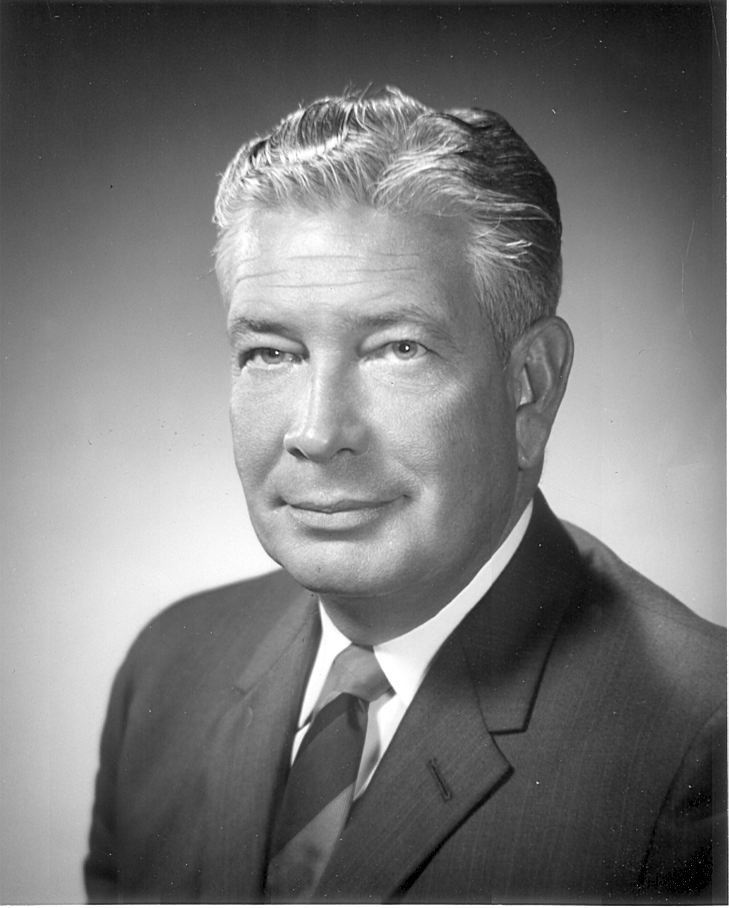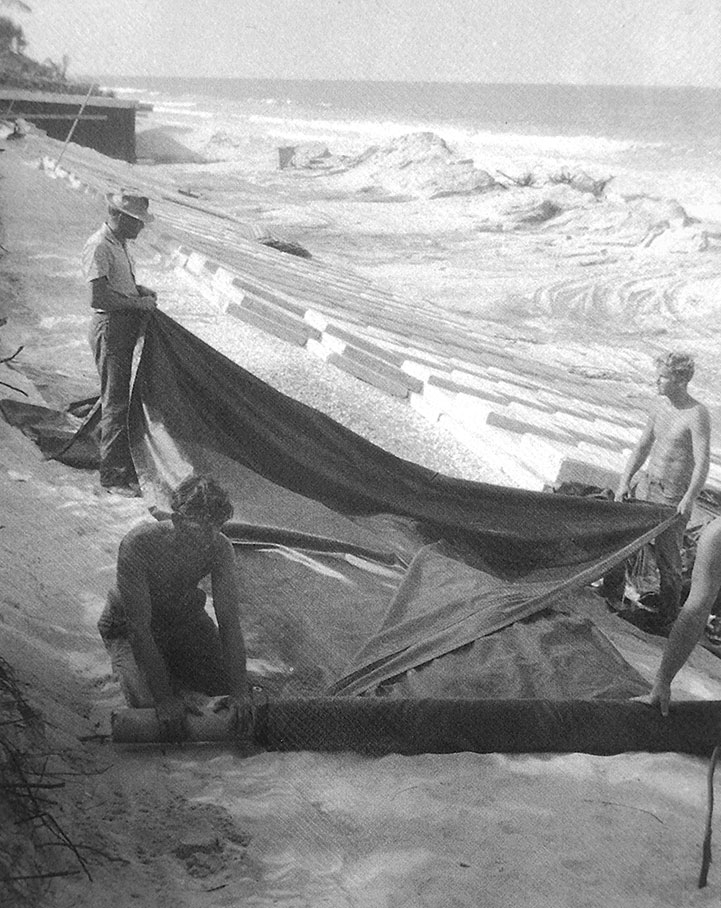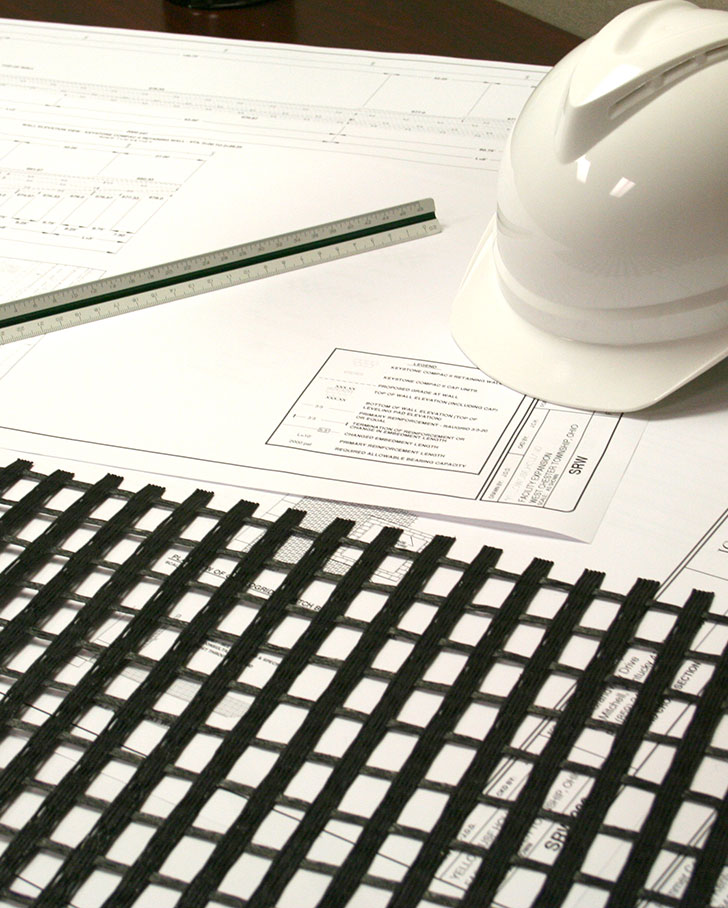About Carthage Mills | America’s First Geosynthetics Company

Beginning in 1958, Carthage Mills set out to pioneer the development, manufacture and application of an innovative woven synthetic filter cloth. This new product would be the first alternative to costly, and largely ineffective, graded granular filters under riprap in shoreline protection. Those early plastic filter cloths eventually became known as Geotextiles. As a result, the industry that followed is known as the Geosynthetics Industry, and Carthage Mills – America’s FIRST Geosynthetics Company!
– Carthage Mills is featured in this article by Geosynthetica on geosynthetica.com –

Working with the USACOE in the United States and others abroad, it was essentially three things that helped to launch the geosynthetics industry. These are:
- Carthage Mills’ innovative designs and techniques of construction that ultimately led to the world’s first Filter Fabric Handbook. This has been used for decades by thousands of design engineers and contractors worldwide.
- The successful performance of those first applications of plastic filter cloths for the USACOE. This resulted in the Corps’ first comprehensive Specification for Filter Fabrics in 1972 – the predecessor of CW-02215.
- The unyielding determination of the late Robert J. Barrett, VP & Dir. Erosion Control Div. – the “father of filter fabrics”.

Over the years, Carthage Mills continued developing new applications for their geotextile fabrics. consequently, today we are responsible for many of the innovative uses of these materials.
Geosynthetics – Over a Half-Century Later…
Geosynthetic Products | Price and Availability
Carthage Mills is still headquartered in Cincinnati, Ohio, and offers one of the most comprehensive lines of geosynthetics available from a single source.
All of our products are readily available through a nationwide network of Carthage Mills Distributors, and Regional Warehouses strategically located across the country.
Customer Service and Support
From the very beginning, when we were not only the consultant and engineer but contractor as well, we realized that Carthage Mills would only be as strong as its customers. So setting the Benchmark in this department quickly became a driving force.
It has since become our heritage – recognized throughout the industry – and we protect it with a passion. Delivering at this level, day-in and day-out, on every phone call and every order, is not just something we do. It’s all we do, and it’s truly part of our culture!
As all costs related to construction continually rise, the value added services and cost saving products offered by Carthage Mills can play heavily in your ability to win projects and increase profits.
AT CARTHAGE MILLS YOU’LL EXPERIENCE:
- Accurate interpretation of specifications
- Recognized opportunities for value engineered alternatives
- Reliable quotes, proper submittals and certifications for fast product approvals
- Extensive product selection and availability, at competitive prices with timely deliveries
- And always a live voice to get you the answers you need NOW – because, that’s why you called.
The end results for you are increased business and profits, and a customer base with stronger loyalties and trust.
